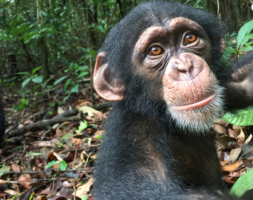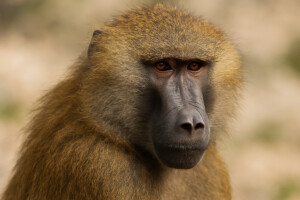BONOBOS: NEW SPECIES OR ADAPTED CHIMPANZEES (PART 2)
OPEN DEBATE
Continuing the open debate, I present new information that sustains our arguing.
When researchers of Max-Planck Institute for Evolutionary Anthropology analyzed gene Xq13.3, in 1999, they proved that some subspecies of chimpanzees were more distinct between them than between bonobos. It is very surprising. After all, bonobos and chimpanzees are considered to be two distinct species.
Talking about genetics, some studies show that chimpanzees and bonobos are 99,7% identical and that the similarity between bonobos and humans is 99,1%. Having an difference of 0,3% is lower than the comparison with human beings, as long as the variation can reach 1% (Before any criticism, I point out that genetics had already advanced a lot, but it is a subject surrounded by many doubts and mysteries yet, much more than we could even imagine. And it is a useful tool, being used even more).
About the myths that were created about bonobos\’ behavior, I bring the work by Videan & Mcgrew (2001), which compared the biped ability in chimpanzees and bonobos and concluded that there was no difference in the number of this posture. The only difference identified is the way the biped ability is used. Bonobos use it more to transportation and vigilance and chimpanzees do it for exhibition. Just like “promiscuous sex” and “completely peaceful behavior”, this is one more broke myth.
Then, how could we explain differences in morphology with a so intense genetic proximity, how could we not consider bonobos to be chimpanzeesω I am not a taxidermist, or a geneticist, but in my point of view and based on this work, the right thing to do would be to classify bonobos not as a completely different species, but a subspecies of chimpanzee who got separated from a pioneer chimpanzee population around 800 thousand years ago. This made their habitat to be restricted to the south of Congo River. Something similar to what happened to men when they left Africa, migrated and assisted evolutionary adaptations that resulted in eskimos, oriental people, pygmy etc. But this did not take from them the status of being a Homo sapiens.
Msc. Luiz Fernando Leal Padulla
Biologist

 Español
Español
 Português
Português








